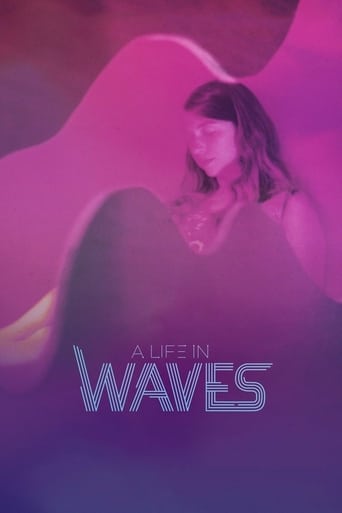
12 Mar 2017

A Life in Waves
Explores the life and innovations of composer and electronic music pioneer Suzanne Ciani.

A documentary of Chicago Footwork and Juke scene. "In spring 2012 We went to Chicago to document the Footwork Scene. When we got home and started reviewing the footage we realised we had just filmed our first full length documentary. A scene ingrained in the lineage of the City itself, filled with effervescent dancers, storytellers and beatmakers. It was singlehandedly the most unique and in-depth tour we had ever experienced. Featuring key players on the scene, such as DJ Rashad, DJ Spinn, Manny, Traxman & Arpebu. The team navigated through the Windy City living with the GHETTOTEKNITIANZ of Teklife. They slept on floors, sofas and in dodgy motels with their charming hosts. All the while managing to obtain un-seen footage from the finest Producers, Footworkers and the good people of Chi-Town. It’s taken our team a long and painstaking while to put this together. We hope to do the people who shared their homes, talent and ultimately their lives with us, proud."

Himself
Himself
Himself
Himself
Himself

12 Mar 2017

Explores the life and innovations of composer and electronic music pioneer Suzanne Ciani.
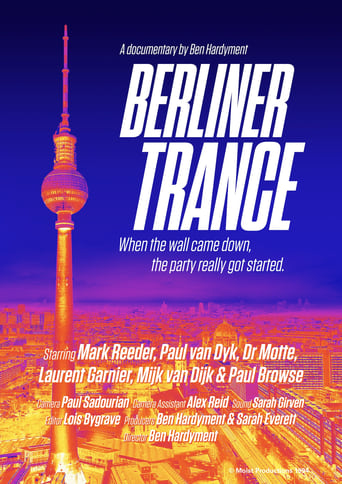
01 Sep 1993

This lost classic, shot on 16mm in a wintry Berlin in 1993, explores the origins of the German trance scene. Featuring interviews with fresh-faced selectors including Laurent Garnier and MFS Records founder Mark Reeder, the documentary also feature footage from the city's iconic Love Parades in 1991 and 1993.
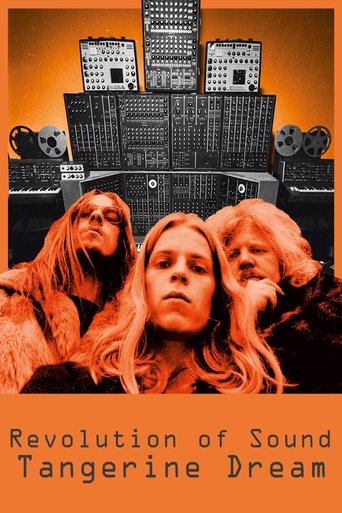
14 Feb 2017

‘Tangerine Dream is science fiction!’ declares band leader Edgar Froese who died in January, 2015 aged 70. For almost fifty years he and his band ‘Tangerine Dream’ explored sound and its effect on our emotions. This film about one of Germany’s first electronic bands kicks off with the young Berlin musicians who were as inspired by the space age of the 1960s, with its rocket launchings and visions of the future, as they were by their own heartbeat, on which Froese also based compositions. Aided by the Moog and other synthesisers Froese (and various band members) revolutionised popular music. His explorations took him into the worlds of classical, new and film music. He preferred to visualise moods rather than create clearly structured songs. A blend of amateur footage, interviews with band members, relatives, friends and colleagues such as Jean-Michel Jarre that creates a comprehensive portrait of an artistic pioneer.
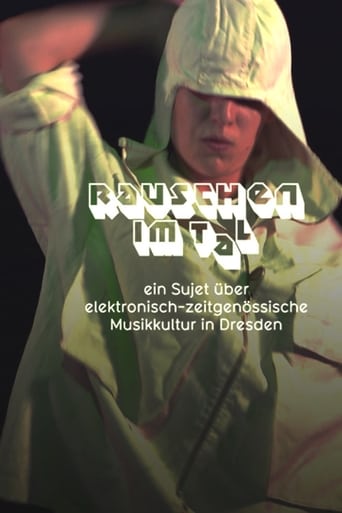

No overview found
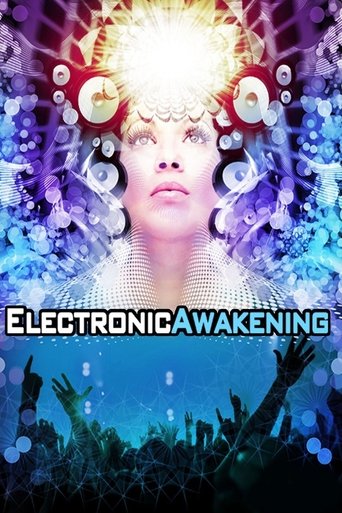
01 Jan 2011

A documentary following the conscious evolution of electronic music culture and the spiritual movement that has awakened within.
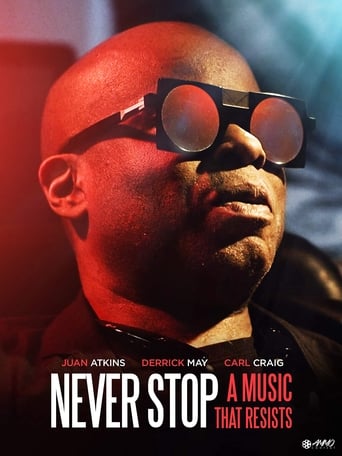
22 Jan 2017

Featuring the pioneers of techno music Juan Atkins, Derrick May, Carl Craig, and Jeff Mills, Never Stop takes us into the fascinating universe of techno labels in Detroit. This film highlights the deep roots of the creation, more than thirty years ago, by each of the African-American pioneers of techno music, of their own record labels.
01 Jan 2011
Directed by Nino Ramos, & Produced by Screamin' Rachael. "The House That Trax Built" takes a look into the History of Trax Records, the iconic label that is the original home of House Music.
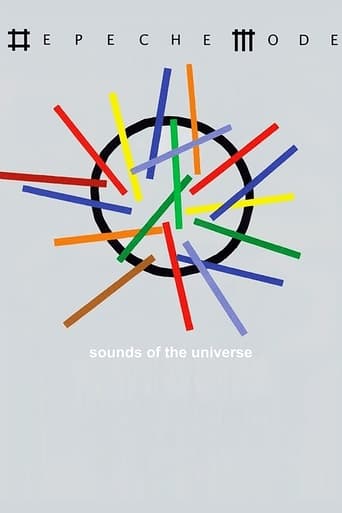
20 May 2009

"Usual thing, try and get the question in the answer" - A conversation with the band discussing recording techniques, inter cut with personal archive footage from previous album sessions.

07 Feb 2008

The original Tresor was in many ways the quintessential Berlin club: located in an unrenovated vault beneath a bombed out department store, it opened its doors amidst the general confusion and ecstasy that swept across the city when the wall fell. Its low ceilings, industrial decor and generally unhinged atmosphere created an unprecedented platform not only for techno in Berlin, but also for the scene taking shape across the Atlantic in Detroit.

27 May 2000

This documentary covers the acid house, rave and club culture revolution in the UK and of course the chemical Methylenedioxymethamphetamine or ecstasy. This era inspired the film 24 Hour Party people and sheds light on the forgotten counter culture movement.
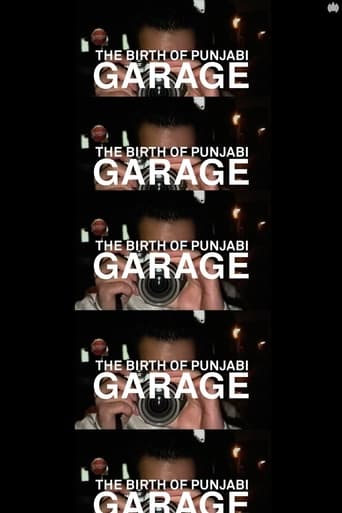
18 Nov 2021

Yung Singh and Ministry of Sound present: The Birth of Punjabi Garage The documentary has a wealth of unseen archive footage showing exactly how it was in the garages and studios of the young Bradford and Manchester lads from the beginning, to the events, weddings and festivals that marked their success. The documentary is bookended by Yung Singh and his infamous and iconic Boiler Room, giving credit to the elders who paved the way for the continuation of South Asian presence in British dance culture. This documentary was produced in tandem with Yung Singh and is the first documentary to explore the genre. Documentaries have covered Bhangra, the 80s Daytimers and the Asian Underground but the South Asian diaspora’s involvement in the early 2000s Garage scene has never been covered and we are therefore proud to bring this to you!
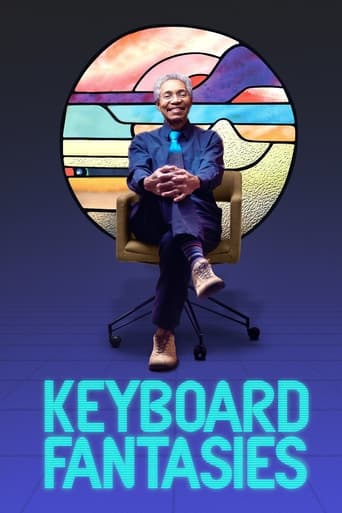
29 Oct 2021

As a sci-fi obsessed woman living in near isolation, Beverly Glenn-Copeland wrote and self-released Keyboard Fantasies in Huntsville, Ontario back in 1986. Recorded in an Atari-powered home-studio, the cassette featured seven tracks of a curious folk-electronica hybrid, a sound realized far before its time. Three decades on, the musician – now Glenn Copeland – began to receive emails from people across the world, thanking him for the music they’d recently discovered.

06 Nov 2014

A gentle love story from the harsh environment of northern Bohemia.
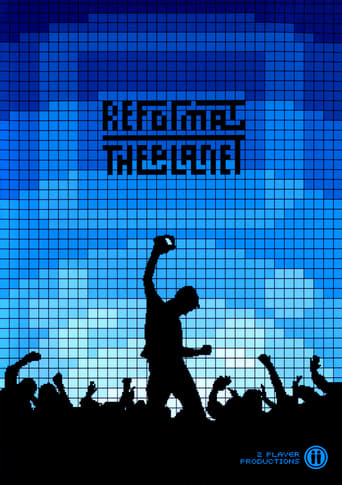
10 Mar 2008

'Blip Festival: Reformat the Planet' is a feature length documentary which delves into the movement known as ChipTunes, a vibrant underground scene based around creating new, original music using old video game hardware. Familiar devices such as the Nintendo Game Boy and Nintendo Entertainment System are pushed in new directions with startling results. Using New York as a microcosm for a larger global movement, 'Reformat the Planet' maps out the genesis of the first annual Blip Festival, a four day celebration of over 30 international artists exploring the untapped potential of low-bit video game consoles. With floor-stomping rhythms and fist-waving melodies, trailblazers of the ChipTune idiom descend upon Manhattan to pen a new chapter in the history of electronic music.
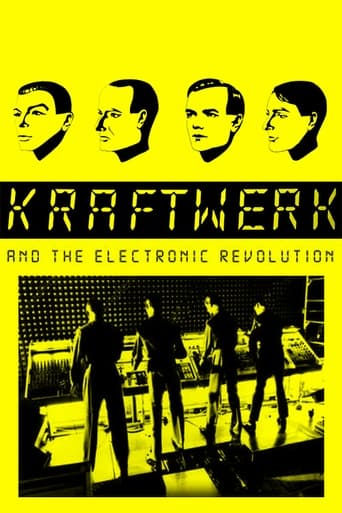
02 Sep 2008

Kraftwerk's vision of a keyboard-driven world of clicking metronomic rhythms and digitised sound bites may have been the stuff of avant fantasy in the 1970s (the decade that saw the band's first groundbreaking albums), but it is a reality in the new millennium. Their visionary style is explored in KRAFTWERK AND THE ELECTRONIC REVOLUTION, a study of the group, their career and their emergence as the most influential electronic band in the world.
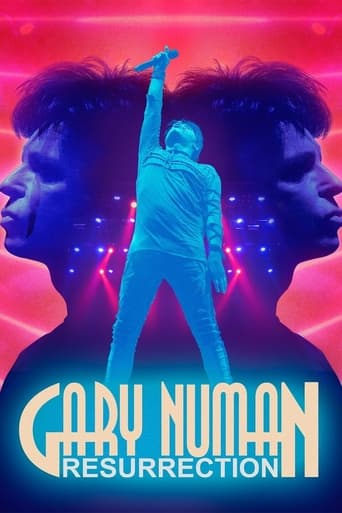
16 Aug 2022

40 years after he last played the Wembley Arena, Gary Numan staged the comeback of a lifetime. Follow Numan on his road back to Wembley and follow his turbulent careers, from the crushing lows to the exhilarating highs.
A musical documentary and tribute to Hugh Le Caine. The story of early electronic instruments, and the nearly forgotten Canadian music pioneer who created the first synthesizers. As told through interviews with three modern-day modular synth musicians.
05 Oct 2014
Alt. rockers Shiny Toy Guns perform to a sold-out crowd at the Belly Up tavern on the last stop of their 2014 summer tour. See the band performing some of their biggest hits including 'Le Disko' and 'You Are The One', along with fan favourites from their latest album 'III'.
23 May 2016
Rave Culture is one of Britain’s great cultural exports, but after its first wave in the late eighties and early nineties, it was soon forced into the underground by stringent new laws and superclubs. But forward 25 years into in the midst of a nationwide purge on the nation’s nightlife, where nearly half of all British clubs have shut down in the last decade, and a new kind of scene has emerged. Clive Martin investigates this 21st century version of Rave, where young people break into disused spaces with the help of bolt-cutters and complicated squatting laws, to suck on balloons and go hard into the early morning. But with the police using increasingly extreme tactics to clamp down on these parties, and more than one fatality causing nationwide media panic, can the scene survive?

24 Aug 1995

After escaping Russia's communist revolution, Léon Theremin travels to New York, where he pioneers the field of electronic music with his synthesizer. But at the height of his popularity, Soviet agents kidnap and force him to develop spy technology.